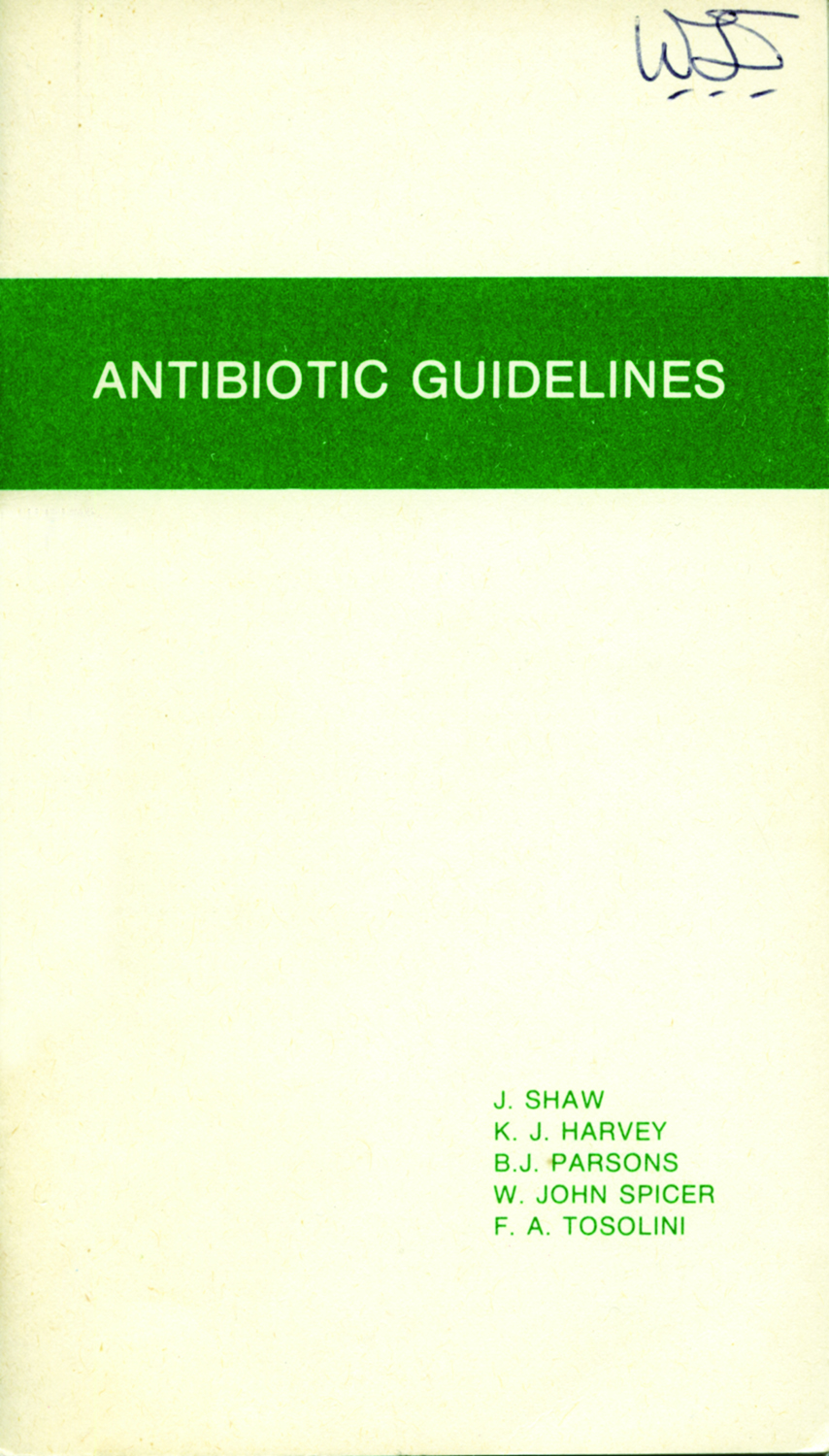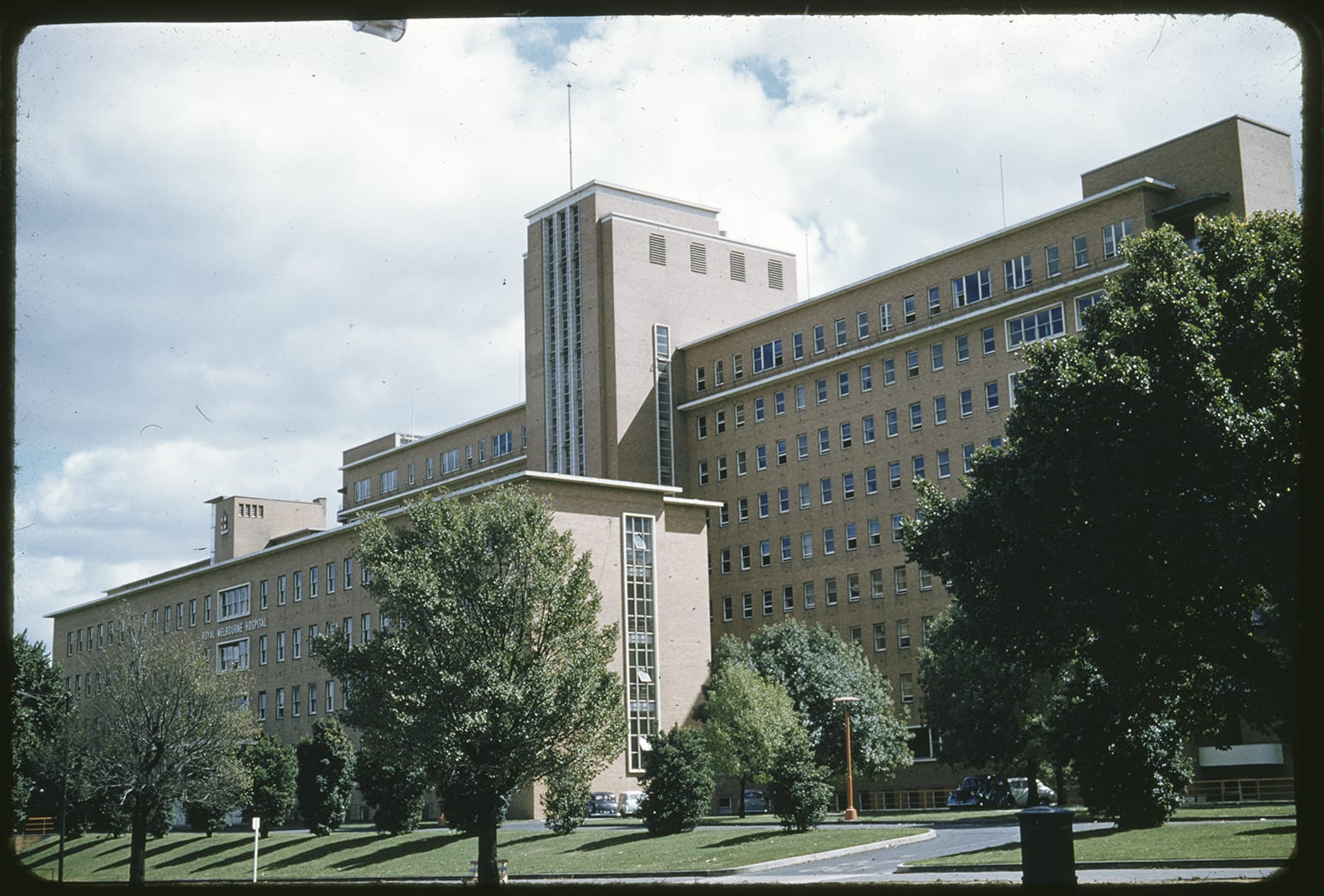Just before the first edition was published, a survey of antibiotic use at The Royal Melbourne Hospital looked at inappropriate prescribing. The heavy use of prophylactic antibiotics in the surgical wards was noted, and in 48 per cent of cases the prescribing was found to be inappropriate. By far, the wrong choice of drug accounted for most of this, and there was an economic factor too. After Antibiotic Guidelines was published, the use of antibiotics at The Royal Melbourne Hospital was reduced in cost by 30 per cent.
Ken Harvey hoped that the surveys of antibiotic use would provide an objective standard that even the most senior doctor could not ignore. Young interns and registrars especially loved the booklet.
Antibiotic Guidelines eventually became accepted because the process of preparing it cut across the specialties.
As well as the consensus approach, it worked because of its brevity. The first edition consisted of only 31 pages. It was deliberately concise, organised by disease, included only the most common conditions, and a small range of antibiotics for the treatment of each. The most effective choice was recommended, with the least side effects, and occasionally an alternative was suggested to manage different conditions such as allergies. The guidelines preparation time was shorter back then because there was comparatively limited literature to review.




